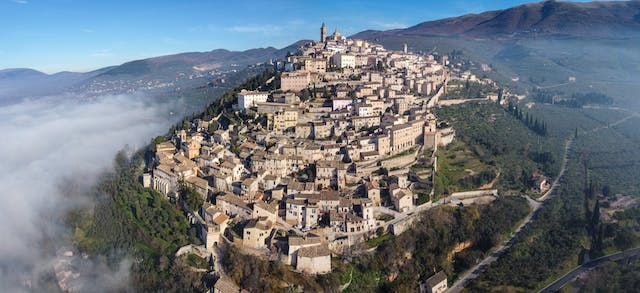Ethnic Enclaves vs. Assimilated Communities
Essay topic: Ethnic Enclaves vs. Assimilated Communities
Answer:
Ethnic enclaves and assimilated communities represent two distinct models of immigrant settlement, each shaping the dynamics of cultural integration and preservation. The comparison between these models extends to aspects such as social cohesion, cultural identity, and the interaction between the immigrant community and the host society.
Ethnic enclaves refer to areas where immigrant communities concentrate, forming neighborhoods or districts with a strong cultural and ethnic identity. These enclaves often preserve the traditions, language, and customs of the home country, creating a sense of familiarity and support for newcomers. The close knit nature of ethnic enclaves fosters social cohesion, providing a support system for individuals navigating the challenges of settling in a new country. However, the risk lies in potential isolation from the broader society, limiting interaction and integration with the host culture.
In contrast, assimilated communities emphasize integration into the broader society, with immigrants adopting the customs, language and norms of the host country. The focus is on blending into the mainstream culture, often leading to a more diverse and interconnected community. Assimilated communities benefit from increased opportunities for social and economic integration, with individuals participating in various aspects of the host society. However, the challenge lies in the potential loss of cultural identity and the risk of cultural homogenization.
The level of cultural preservation and interaction with the host society differs significantly. Ethnic enclaves often maintain a strong sense of cultural identity, with businesses, cultural centers, and religious institutions reflecting the heritage of the community. Assimilated communities, on the other hand, may exhibit greater cultural diversity but risk diluting specific cultural practices over time.
The relationship between ethnic enclaves and assimilated communities reflects the complexity of immigrant experiences. Finding a balance between preserving cultural identity and participating in the broader society is a continual challenge. Successful integration often involves aspects of both models, with immigrants maintaining cultural ties while actively engaging with the host culture. The dynamics between these two models contribute to the rich tapestry of multiculturalism and diversity within immigrant communities worldwide.














